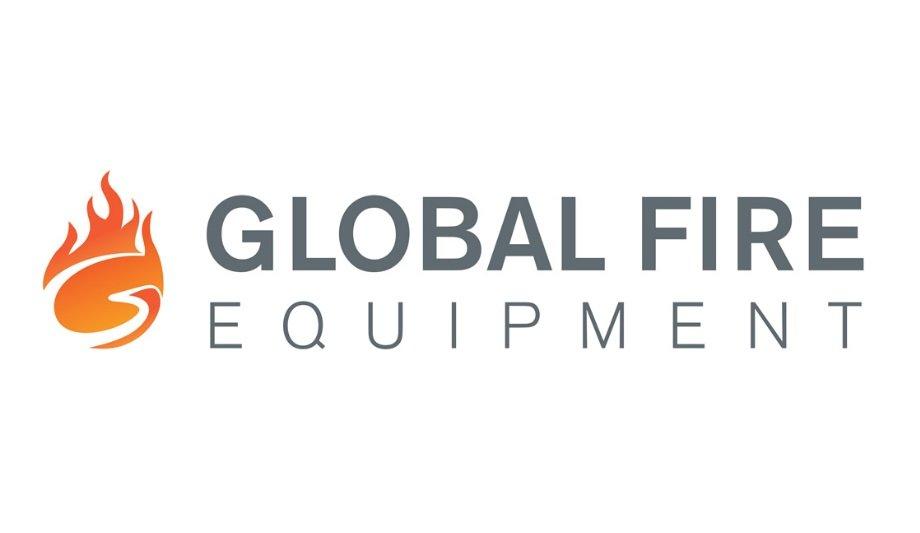Global Fire Equipment (GFE) has launched OWL, an advanced ‘plug-and-play' fire alarm management and monitoring software for its CHAMELEON Network range of intelligent control panels.
Thanks to its high-quality graphical user interface, OWL users can monitor the status of their fire alarm panels and receive real-time information and complete visibility of their entire fire detection alarm system (FDAS).
OWL monitoring software
Intuitive, user-friendly and very easy to set up and operate, OWL is the ideal solution for all sizes and types of installations – supporting everything from a single panel system to multi-panel and multi-site applications with up to 64 systems.
In three simple steps, customers can use OWL to import their configuration files from the panel to the OWL monitoring software:
- Step 1 – export the configuration files from the fire alarm control panel to a PC
- Step 2 – import the configuration files from the PC to the OWL software
- Step 3 – commission the system with a simple click, drag and drop
Graphical user interface
OWL is fully compatible with GFE’s CHAMELEON Network range of intelligent control panels: G-ONE, GEKKO and OCTO+. As it’s a PC-based platform, OWL can be accessed simultaneously from different PCs wherever they are in the world as long as they are on the same network.
OWL can be accessed simultaneously from different PCs wherever they are in the world
The software can be backed up in case of a main PC outage and a customer’s configuration file can also be restored. OWL’s sleek and easy to use graphical user interface displays all of the system’s devices and alarm events, along with information about the state of the panel. Arranged in a simple and logical way using a floor plan, the graphics and icons allow users to identify in real time any fire alarms and faults and then quickly respond.
Fire detection logs
Each panel can be displayed on the screen as though the operator was standing in front of it, and basic command actions such as ‘activate sounders’, ‘silence sounders’, ‘silence buzzers’ and ‘system reset’ can be achieved in an intuitive way from the software’s main menu. Simple control buttons allow the user to enable and disable field devices, and analog values can also be obtained from all field devices via a menu selection.
OWL software records every individual alarm, fault, user access and interaction on the FDAS, providing complete system visibility. The affected area of the building is highlighted, and the icons indicate the exact location of an alarm event or fault.
Every system interaction is logged, and the log can be exported where required, for example, to provide an insurance company with a log of alarms/warnings in the event of a fire or to provide a fire brigade with fire detection logs for weekly fire testing.
Global customer base
This launch is the first of three planned phases in the product development for OWL"
There are two levels of control of the OWL software: administrator and operator. Up to four administrators can have full access to the system and can use the software to make any changes to the system’s cause-and-effect configuration.
Programming for administrators is password protected. An unlimited number of users can be granted operator control and can receive email or SMS notifications – or both. Once users are defined, each individual user can be given specific instructions.
Fernando Oliveira, Director at GFE, comments: “We’re very excited to launch our new OWL software which has been a year in development. OWL fills a gap in the global market for a user-friendly alarm management and monitoring software program which is easy to assemble, connect and operate."
Fernando Oliveira adds, "This launch is the first of three planned phases in the product development for OWL and with a number of installations of this software now underway across our global customer base, the next phase is to develop an OWL App and a connective tool in the near future. Eventually, our plan is that OWL will evolve to be a cloud-based system whereby our customers will be able to control centralized systems and keep track of their panels wherever they are located in the world.”
















